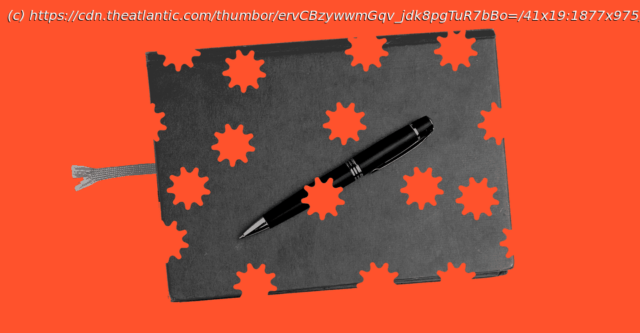Grit plus luck was sufficient to break open the SARS story. I doubt the same will be true for COVID-19.
Journalism, even practiced at its highest levels, has an element of chance. Reporters spend hours riding in taxis or trains or airplanes, or on the telephone or online, hoping to land that meeting that might yield a quote or secreted document resulting in a story. And if the story is particularly noteworthy, that’s a scoop. A big scoop for a reporter is like hitting your number at a roulette table. In 2003, when SARS was threatening to become a global calamity, those of us covering China had to work long hours and put our chips down. SARS barely registered in the United States. The invasion of Iraq was looming, and the resources of big news operations were devoted to the Middle East. But for those of us in East Asia—I was the editor of Time Asia—SARS was what mattered. I never had a big scoop. I told myself that was because I’m not lucky. But others were able to report on the disease with a remarkable level of detail. Looking back on the SARS outbreak from the vantage point of the 2020 pandemic, I’m struck by how easy we had it. I would never have used that word at the time, but I see now that grit plus luck was sufficient, for some, to break open the SARS story. I doubt the same will be true for COVID-19. For reporters, uncovering the 2003 outbreak often meant seemingly interminable drives on treacherous Chinese highways to provincial capitals where the local public-health officials would refuse to see you. Although the United States’ Centers for Disease Control and Prevention and the World Health Organization both frequently cooperated with reporters to provide reliable data, Chinese officials were reluctant to speak with Western reporters. By their career calculus, the risks of being seen to have revealed an embarrassing truth outweighed the potential contribution to the commonweal. Most of my long drives ended at closed doors to empty offices. Better journalists than I got lucky, however: John Pomfret and Philip Pan of The Washington Post, Charles Hutzler of The Wall Street Journal, and Susan Jakes of Time magazine among them. They developed contacts and methodically interviewed doctors and scientists and discovered where and when the virus emerged and who were the index patients. They reported that the SARS coronavirus jumped from bats to civet cats to human beings in Guangdong Province in late 2002, where it first infected workers in the wild-animal trade. Some of these doctors and scientists, many of whom had been educated in the West, were ultimately willing to speak with American journalists in part because they had seen how independent scientific apparatuses functioned. The Chinese Center for Disease Control and Prevention, obfuscating and hiding data, was not acting up to the international standards these doctors and scientists had witnessed firsthand. “They were pissed off at the [Chinese Community] Party and how they had done some foolish things as a result of covering up,” John Pomfret, who covered the 2003 outbreak for The Washington Post, told me. “They looked at Western news media as an outlet for truth about Chinese society because those stories could be refracted back into Chinese society.” Journals such as Caijing, published in Beijing, wrote up digests and analyses of foreign stories under the pretense of criticizing or analyzing foreign media with the net result that important stories could reach the Chinese public. The SARS outbreak also coincided with a period of relative press freedom as Chinese newspapers, particularly in Guangdong where Southern Metropolis Daily was publishing aggressive articles questioning the central government. The 2003 death of Sun Zhigang, a migrant worker, in police custody became a national scandal because dogged Chinese journalists did the work—and got lucky and got the scoops.






